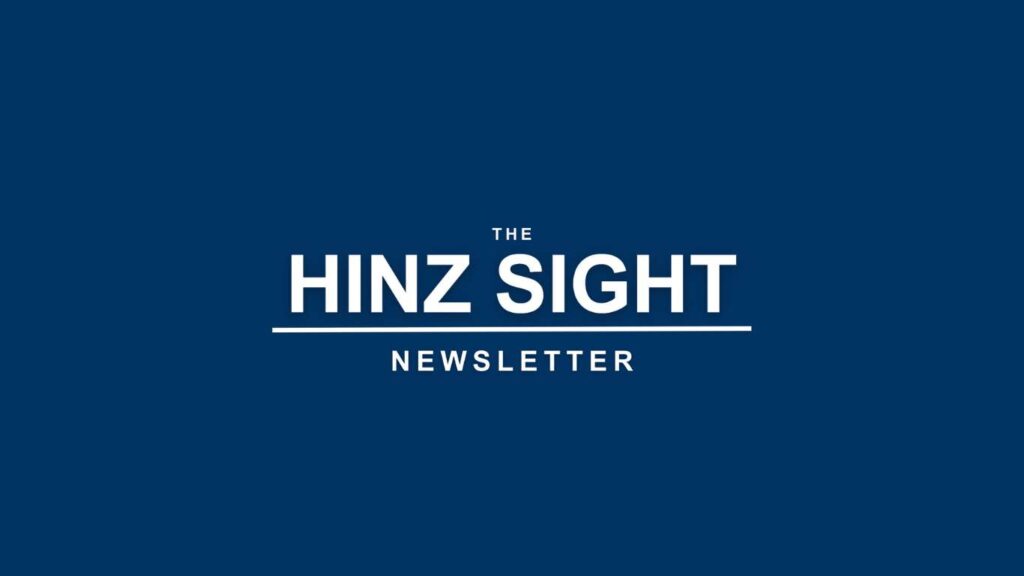Post-Award Execution: Why Winning Is Only the Beginning

Winning a federal contract is a milestone, but it is not the finish line. Post-award execution determines whether the promises made during capture and proposal translate into performance that meets agency expectations. Many contracts that look strong on paper struggle during execution because assumptions made before award do not hold up once work begins. For […]
Competitor Pricing: Understanding Signals That Shape Evaluation

Price is one of the few proposal elements that evaluators can compare directly, yet it is also one of the easiest to misinterpret. Competitor pricing often shapes evaluator expectations, tradeoff discussions, and perceived risk, even when price is not the highest-weighted factor. Contractors who understand how these signals function are better positioned to price deliberately […]
Recompete Intelligence: Anticipating Outcomes

Recompetes represent some of the most complex and competitive opportunities in federal contracting. Incumbents bring experience, customer familiarity, and operational insight, while challengers must overcome established performance narratives. Recompete intelligence is the structured analysis that helps contractors understand this dynamic and make informed decisions before committing significant resources. When applied early, recompete intelligence transforms uncertainty […]
Volume 107

Explore Volume 107 of Hinz Consulting’s newsletter. Contact Hinz Consulting to learn more information about government.
Competitive Posture: Understanding Where You Truly Stand

Federal contracting success depends as much on self-awareness as it does on solution quality. Competitive posture describes how well a contractor is positioned relative to competitors before committing resources to a pursuit. It reflects strengths, weaknesses, relationships, pricing flexibility, and execution credibility within a specific competitive environment. Understanding this posture early allows teams to pursue […]
Proposal Scoring Variability: Why Proposals Receive Different Scores

Federal contractors are often surprised when proposals that appear comparable receive materially different evaluation scores. Proposal scoring variability refers to the differences in how evaluators interpret and score similar content, even when proposals are compliant and technically sound. Understanding why this occurs is essential for reducing risk and improving consistency across pursuits. Proposal scoring variability […]
Indirect Rate Exposure: Understanding the Hidden Risk

Pricing decisions in federal contracting extend well beyond direct labor rates. Indirect rate exposure represents one of the most overlooked yet consequential risks in proposal pricing. When indirect assumptions are misaligned with contract structure or execution reality, contractors face increased evaluation scrutiny and downstream performance challenges. Understanding this exposure early allows teams to price with […]
Cost Realism Narrative: Building Credibility

In many federal acquisitions, price is evaluated alongside realism, not just competitiveness. Evaluators are tasked with determining whether proposed costs reflect a feasible and executable approach. A cost realism narrative provides the explanation that connects numbers to reality, helping evaluators understand how pricing supports performance rather than undermines it. When done well, a cost realism […]
Capture Investment: Making Smarter Decisions

Federal growth depends on disciplined decisions long before proposals are written. Time, labor, and money are finite, yet many organizations spread resources across too many opportunities without understanding true return. Capture investment refers to the deliberate allocation of effort and funding during capture to improve win probability while managing exposure. Treating this investment strategically is […]
Federal Pursuit Risk: Identifying Exposure Before It Impacts

Winning federal contracts requires more than identifying opportunities and submitting compliant proposals. Every pursuit carries uncertainty related to requirements, competition, pricing, and execution. Federal pursuit risk refers to the combination of factors that can undermine win probability, erode margin, or create downstream performance issues if left unaddressed. Understanding this risk early allows contractors to make […]
